Tools and methods
Collecting
Collecting specimens - land
We use different techniques to collect different types of plants, fish and insects. The way we collect aims to minimise damage to the environment.
 |
 |
||
 |
|||
 |
|||
 |
|||
Collecting specimens - water
Fish are collected using a variety of techniques, depending on the size of the fish and the environment you are collecting in.
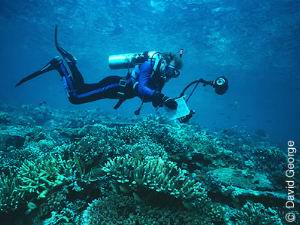
|
 |
| Researchers can collect as many fish this way as they would in a large trawl net. | The Museum has an experienced team of divers. They can plunge to depths of up to 50m, where they wait for smaller fish to come out of crannies in the coral bed. |
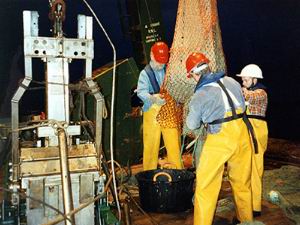
|
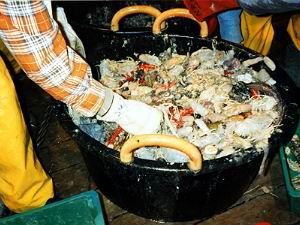 |
| Trawl nets like this have an opening and closing mouth that can collect fish at depths of up to 5,000m. The nets spread over a wide area. | Back on the vessel, the nets are opened to spill the fish on deck for sorting. Different sizes of mesh catch different sizes of fish. |
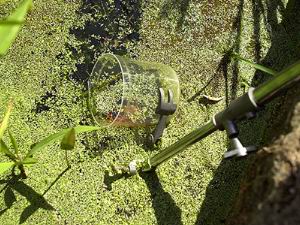
|
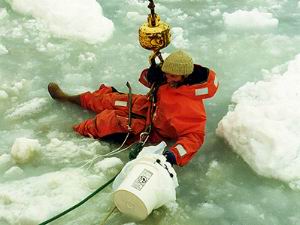 |
| Scientists studying micro-organisms and worms often take samples of water and soil to catch the specimens they need. | Not every environment is so easy to collect samples from. After being lowered onto the ice, Phil Sacks, marine project co-ordinator, collects a sample of ice during a field trip to the Antarctic |
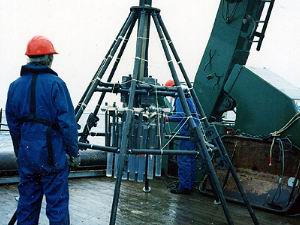
|
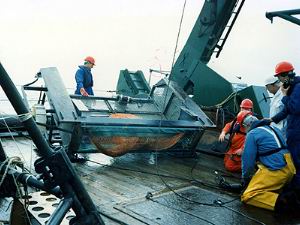 |
| This mechanical tripod collects microscopic animals from the seabed. The machine is winched onto the sea floor and the metal tubes sink into the sand to collect cores of sediment. | This sled is designed to collect animals that live on smooth seabeds such as shrimps, snails and young fish. The sled holds a fine net that collects organisms as the sled is towed along the ocean floor. |
Collecting data
A specimen is useless without information. We have a range of ways of collecting all sorts of data...

Modern Geographical Positioning Systems (GPS) can pinpoint a specimen's collection locality within a few metres.

Photography on-site records details of a specimen's habitat and surroundings.
A notebook and a pencil are the most valuable tools. Collectors record the behaviour of the species in the wild to help understand the specimen back in the laboratory.

